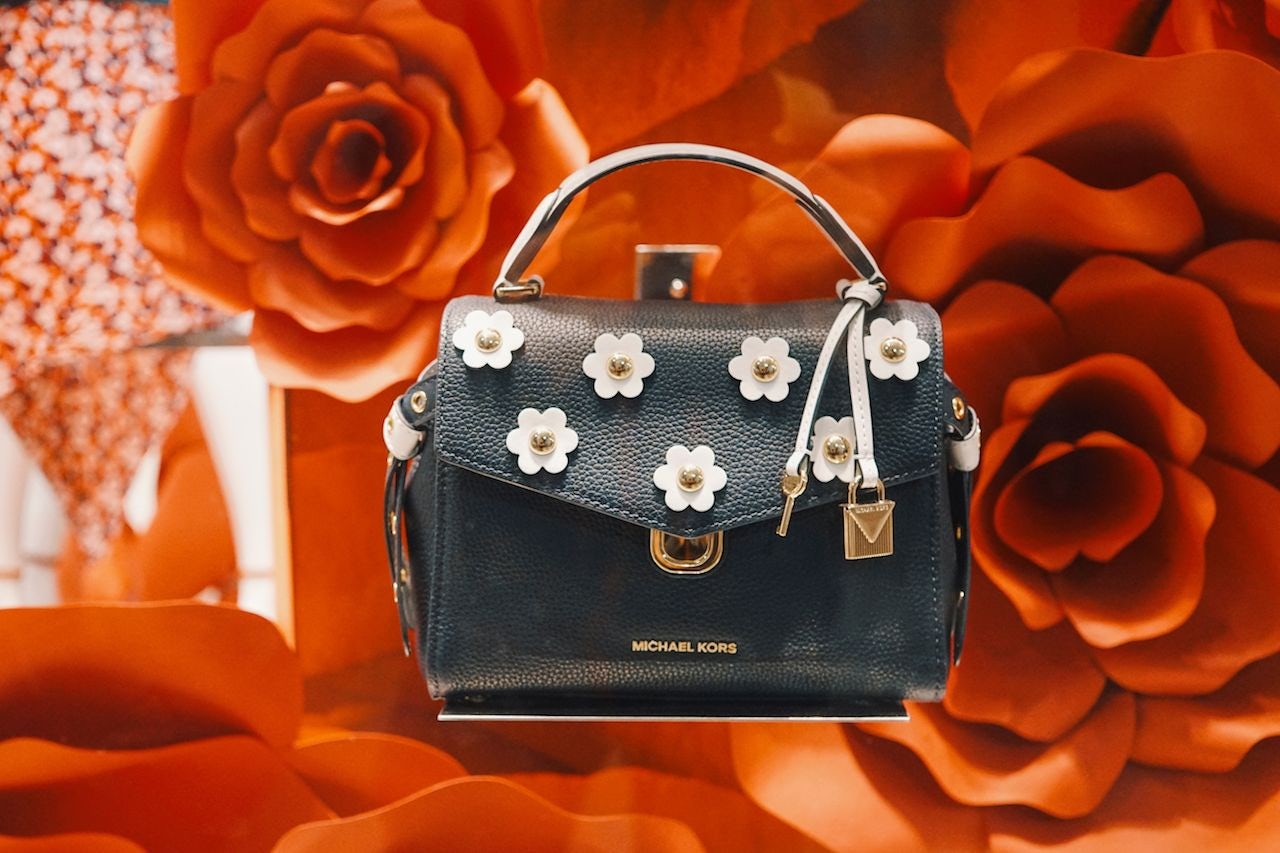What happened
As the nation looks to the new administration for a fresh start, President Joe Biden’s determination to maintain Trump’s tough stance on China could come at a hefty price — for Americans.
On February 17, the US Chamber of Commerce and the Rhodium Group released a report estimating that American companies could lose hundreds of billions in potential growth over the decade from a US-China split. If Biden expands 25 percent tariffs to all two-way trade, the US could forgo 190 billion in GDP annually by 2025. Additionally, if Chinese tourism and education spending fall to half of what it was before the pandemic, this could slash 15 billion to 30 billion a year in exported services trade.
Jing Take:#
With the US unwilling to relent on Beijing, American companies should brace themselves for the backlash. Although luxury goods were minimally affected by the first phases of the trade sanctions — being predominantly manufactured in Europe or stateside — sweeping tariffs threaten to hike costs for the broader retail industry and reduce global competitiveness. Already, we’re seeing companies like Steve Madden, Calvin Klein, and Tommy Hilfiger migrate out of China to avoid tariffs and supply chain uncertainties.
While luxury is not the primary target of the trade war, companies will be impacted by the subsequent anti-US sentiment. A survey from the American Chamber of Commerce in China showed greater scrutiny on US shipments, preferential treatment to non-US businesses and an increase in regulations in retaliation to previous Trump measures. Another study of Chinese shoppers by consulting firm AlixPartners found that 57 percent were planning to spend less on American products amid rising nationalism. As Chinese shoppers are set to account for almost half of all luxury spending in the coming years, this is not a consumer base American luxury brands can afford to lose.
Similarly, these are not tourists luxury wants to miss out on either. Before COVID-19, Chinese shoppers made up one-third of global spending on luxury goods, with nearly all of the 119 billion worth of spending occurring outside the mainland. According to the US Travel Association, Chinese tourists spent an average of 6,700 per trip in the US, exceeding the average international visitor by 50 percent. Luxury houses have already seen the effects of reduced tourist footfall on their bottom lines; if the trend of repatriated spending persists post-pandemic or Chinese consumers do their revenge shopping outside of the US, American luxury will lag further behind its European counterparts.
Naturally, Biden does not want to look like he’s going soft on China, especially in his first 100 days. But with the country outperforming every major world economy — closing out 2020 with a record 535 billion in trade surplus — and strengthening ties with the rest of the world, it’s clear who’s winning the breakup.
The Jing Take reports on a piece of the leading news and presents our editorial team’s analysis of the key implications for the luxury industry. In the recurring column, we analyze everything from product drops and mergers to heated debate sprouting on Chinese social media.


